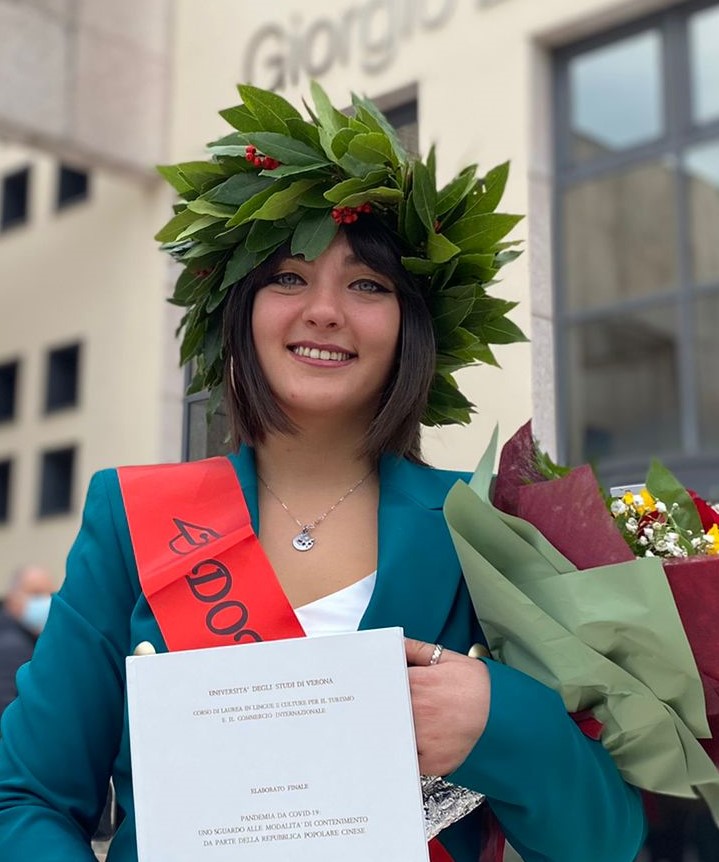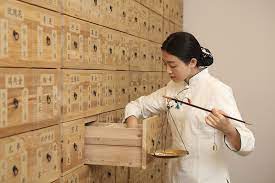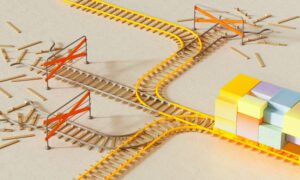ARE HUMAN BEINGS POLYGAMOUS OR MONOGAMOUS?
4 min read
Pouring a glass of red wine
Today we will talk about polygamy and monogamy. The majority of cultures in the history is polygamous, but can we say about us?
What is sex? What happens to our body when we fall in love? Are there any cerebral differences between males and females? Is it possible to identify some homosexual people from their brain? How romantic is actually the love we can feel for another person? In this new section we will try to clarify about complex themes and to investigate them fully in the clearest way possible, in order to understand various enlightening and curious aspects. Almost all the content of this section has been taken from Professor Robert Sapolsky’s university classes, with some integrations from university and informative texts.
In the previous article we talked about dopamine. There are various subgroups of dopamine receptors, two of which are relevant to sexual behaviour, that is dopaminergic receptors D1 and D2.
In monogamous species, right after the coupling, the level of the receptor D2 lows, while that of D1 increases. If the level of D1 is lowered before coupling, the link of a couple is not created. If the lower of D2 after coupling or the increasing of D1 after some minutes is prevented, animals would couple with other individuals. D1 seems to mediate the aspects of the anticipation of an award. D1 in rats regulate pleasure in monogamous. Basically, it is needed to have low levels of D2 and high levels of D1 to remain faithful to the partner.
An interesting data regarding dopamine is found in another study about brain imaging. Two groups are chosen: one of people that had already found “soul mate” and the other of people that were together for more than five years. They were showed, at “subliminal” speed, images of people they knew, and between these, a photo of the loved person.
In the first group, dopamine levels have skyrocketed; in the second one, the dopaminergic system didn’t activate at all. On the contrary, they activated areas related to comfort and empathy. When we court someone we are starting to know, and live a sort of magic still steeped in mystery, dopaminergic ways are stimulated more than ever. In he first period of the relationship, our relation is still a conquest of a dream so hardly desired, while once our relationship has started, we get used to the other’s company and passion is substituted with affection. We are made for being amazed.
But which hormones are involved in sex? Women have an increasing of hormones deriving from progesterone, but above all is the production of oxytocin that increase. Oxytocin is a neurotransmitter and a neuromodulator that has a fundamental role in the creation of a relationship bound. It has been experimentally demonstrated that by introducing oxytocin in people, they become more confident; for instance, during a debate, they tend to believe more and more in the people speaking. If oxytocin is sprayed under the nose of a person and this person has to cooperate, their cooperation will be more pacific and productive.
This hormone is produces in the neurohypophysis, that is the back part of the pituitary gland. Men having sex have an increasing of testosterone. The idea that a man having sex has a higher level of testosterone of one that is not having sex is totally wrong, since they have an increasing of this concentration only while having sex. Besides testosterone they have an increasing of vasopressin, that stands to man as oxytocin stand to women, that is it stimulate trust and contributes to create a couple bound.
The unicity of monogamous male species consists in the effect of the gene in the receptors of vasopressin on neurons that release dopamine. that is, in monogamous males a gene that decides on secretion of vasopressin is activated, stimulating dopamine that, as we said, is linked to the expectation and it is at the basis of sexual interest. This will lead to wanting to have sex to that person ever and ever, to have more pleasure, and consequently a proper couple bound will be created. Confident stimulates desire, desire stimulates confidence, and both create the basis of a stable relationship. In human beings the gene that codify vasopressin receptor can have 17 different lengths.
Some studies demonstrate that if we take a rat from a polygamous specie and, through the technique of genetic transfer, we put some vasopressin receptor in its neurons of dopamine, that rat will become monogamous. Monogamous having more receptors form couple bond more rapidly. A few couplings are enough.
Although the majority of human creatures in the history was and is polygamous, in human beings we found a vast genetic variability. Someone has the monogamous gene, someone else has the polygamous one. For what concerns reproduction it is interesting to see that for both polygamous and monogamous, the post-coitus period could be reduces if new stimulation are introduced, that is if other individuals became available for coupling. This mechanic, known as Colerige effect, has a major feedback in men than women.

Dottoressa triennale in Lingue per il Commercio. Ciò che più mi appassiona è lo studio di culture diverse dalla mia, nella consapevolezza che ciò possa portare ad una crescita personale. Sono convinta che tutte le arti e le singole culture debbano essere esaltate e valorizzate nella giusta misura







